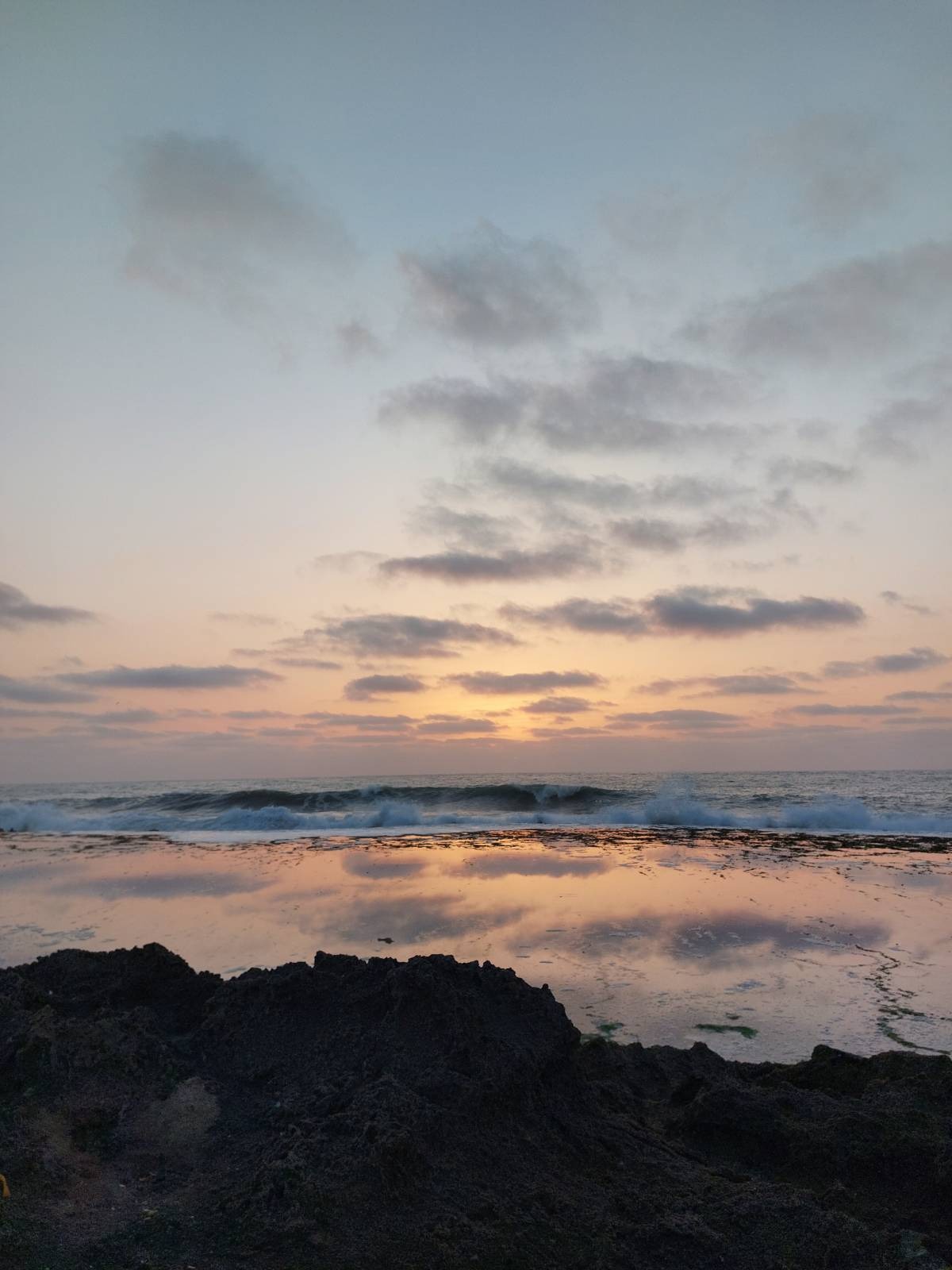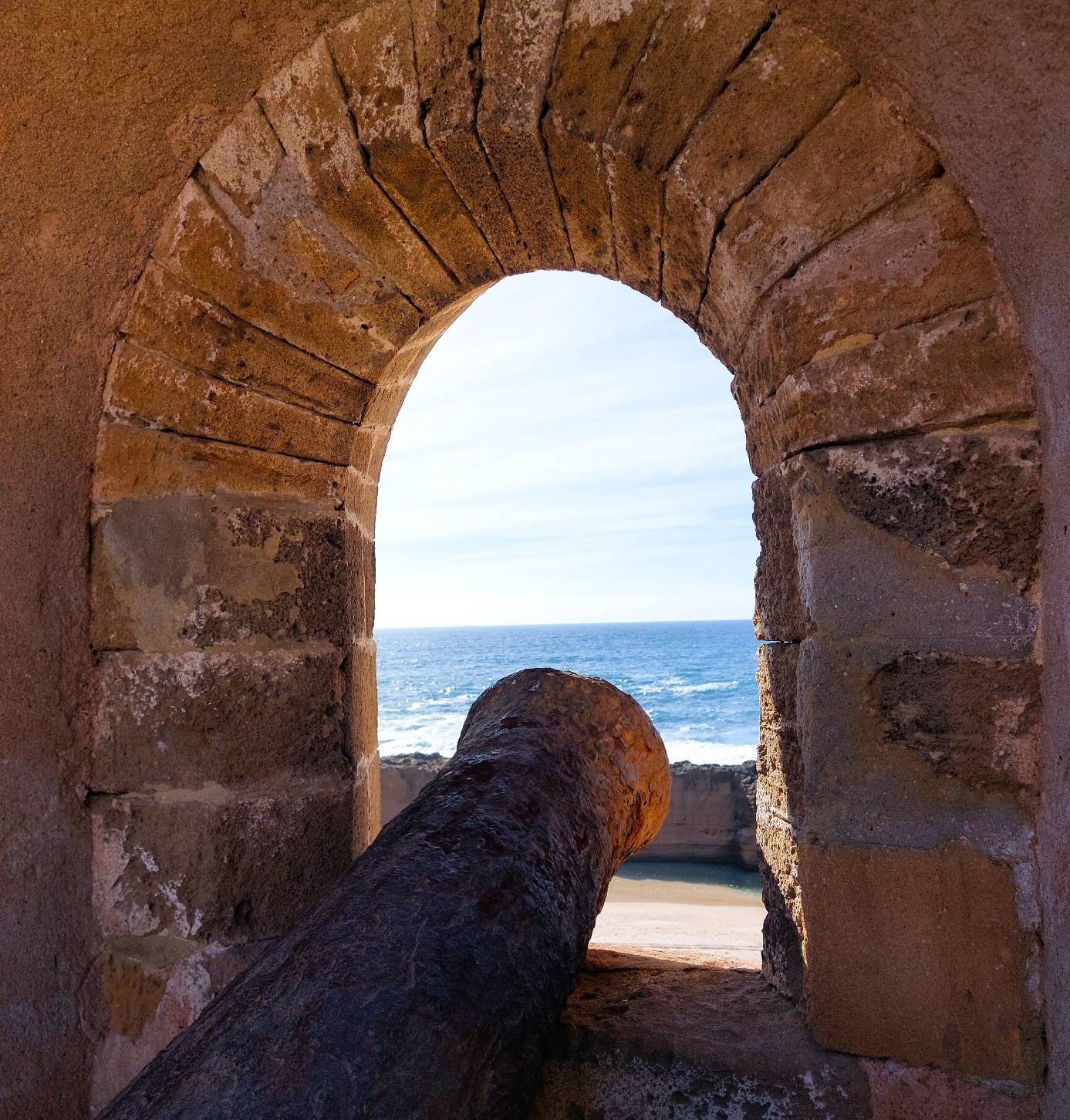You know Rabat? I live in the city on the other side of the river.
Whenever I meet new friends from all over the world, I find myself repeating this sentence. The reason why I’ve made the decision to guide you through the streets of Salé’s Medina and tell you the tales each corner has to tell.
The lost history
Salé is undeniably one of the oldest cities in Morocco, boasting a rich historical legacy. Situated alongside Chellah (Sala Colonia) across the Bouregreg River, Salé held great significance as a vital port for both the Phoenicians and the subsequent Roman occupants.
Throughout its existence, the city has experienced a cycle of construction, destruction, and subsequent rebuilding, making it challenging to uncover concrete evidence of its pre-Islamic past. Nonetheless, historical accounts affirm Salé’s importance as a prominent Atlantic port that attracted various civilizations, including the Romans and later the Umayyads.
The inception ~ 10th century
The origins of modern-day Salé trace back to the era of Tamim ibn Ziri’s (From Banu Ifran) rule over the Kingdom of Chellah, attributed to the establishment of its foundations.
However, it is widely acknowledged that the rise of Salé, as we know it today, is primarily associated with the arrival of the Banu Achra’s Family from Andalusia. They settled on the western bank of the Bouregreg River, near the city’s grand mosque [1], which was initially initiated by Tamim ibn Ziri.
This marked the beginnings of the Tala’a neighborhood (Jemaa neighborhood)[2], which served as a focal point for their settlement. Over time, Salé expanded with the emergence of additional neighborhoods such as Zenata[3], L’Blida[4], and Laalou[5].
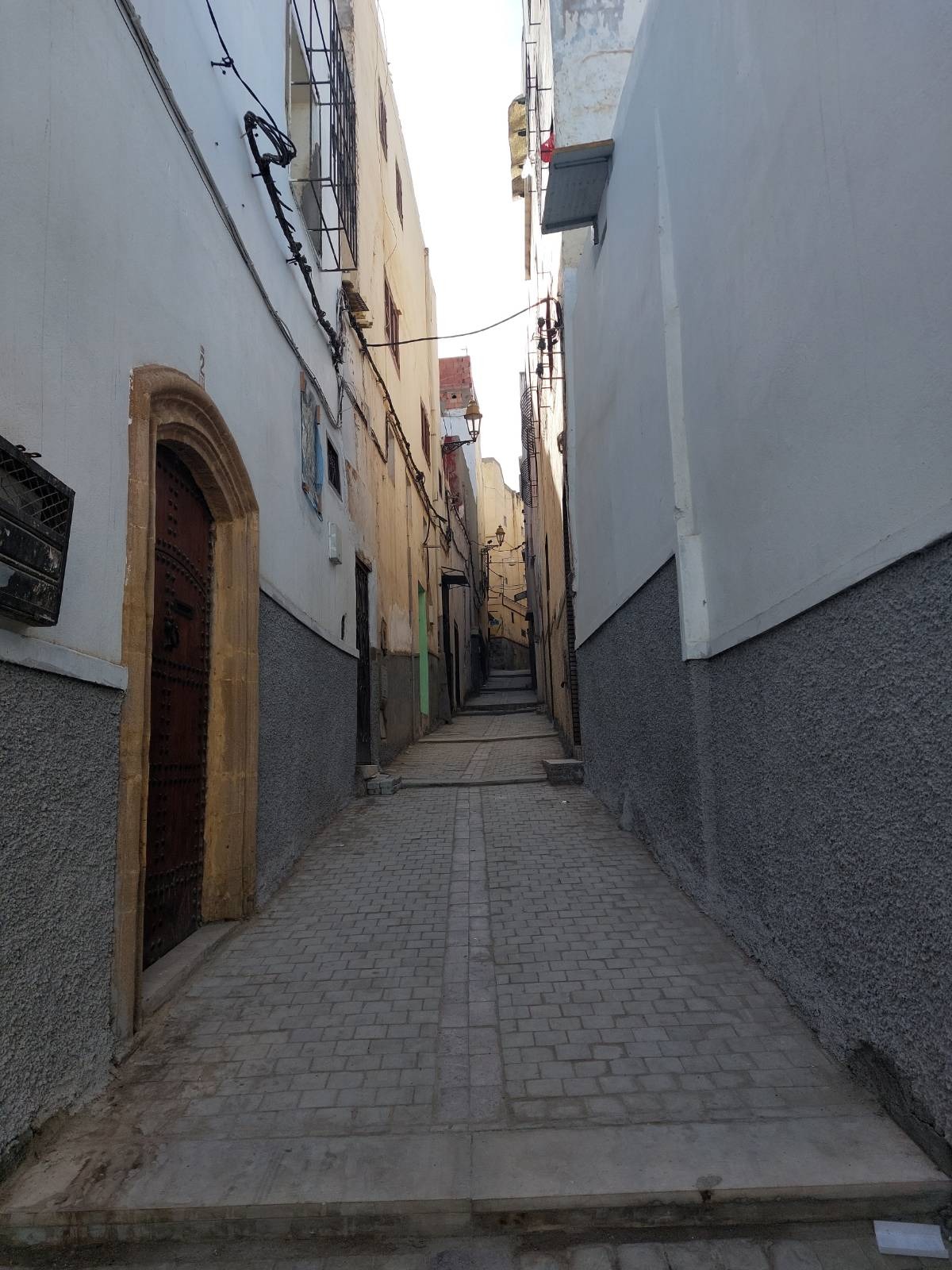
Presently, these neighborhoods continue to exist, with generations of Slaoui residents constructing, inheriting, and nurturing their houses throughout the centuries. Even today, as you wander through the alleys of the Medina, you can sense the enduring legacy and captivating allure of these architectural wonders.
Adding to all of that, two members of the founding Abou Achara family (Sidi Abdellah and Sidi Kacem) are laid to rest within the Medina itself, and their mausoleums continue to be lovingly maintained by one of their descendants.

The Rise
During the reign of the Almoravid and Almohad dynasties, Salé reached its pinnacle of importance in history.
After the Almoravids conquered the city, it experienced significant expansion with reinforced walls, the construction of new mosques, and overall improvements to its infrastructure.
When the Almohads emerged victorious over the Almoravids in Marrakech, they faced challenges in persuading Salé to join their new rule. After fierce battles, they finally entered the city, demolishing the south-eastern walls and gates.
Despite these upheavals, Salé continued to maintain its paramount importance, solidifying its position as one of the region’s most critical cities, second only to the capital, Marrakech.
It played a pivotal role as a strategic hub for Jihad, where troops diligently prepared themselves before embarking on campaigns to the north in Andalusia or east to Ifriquia (present-day Tunisia and Libya). The significance of these events led to the birth of a new city, which would serve this purpose - Rabat or Erribat, meaning “fortification”.
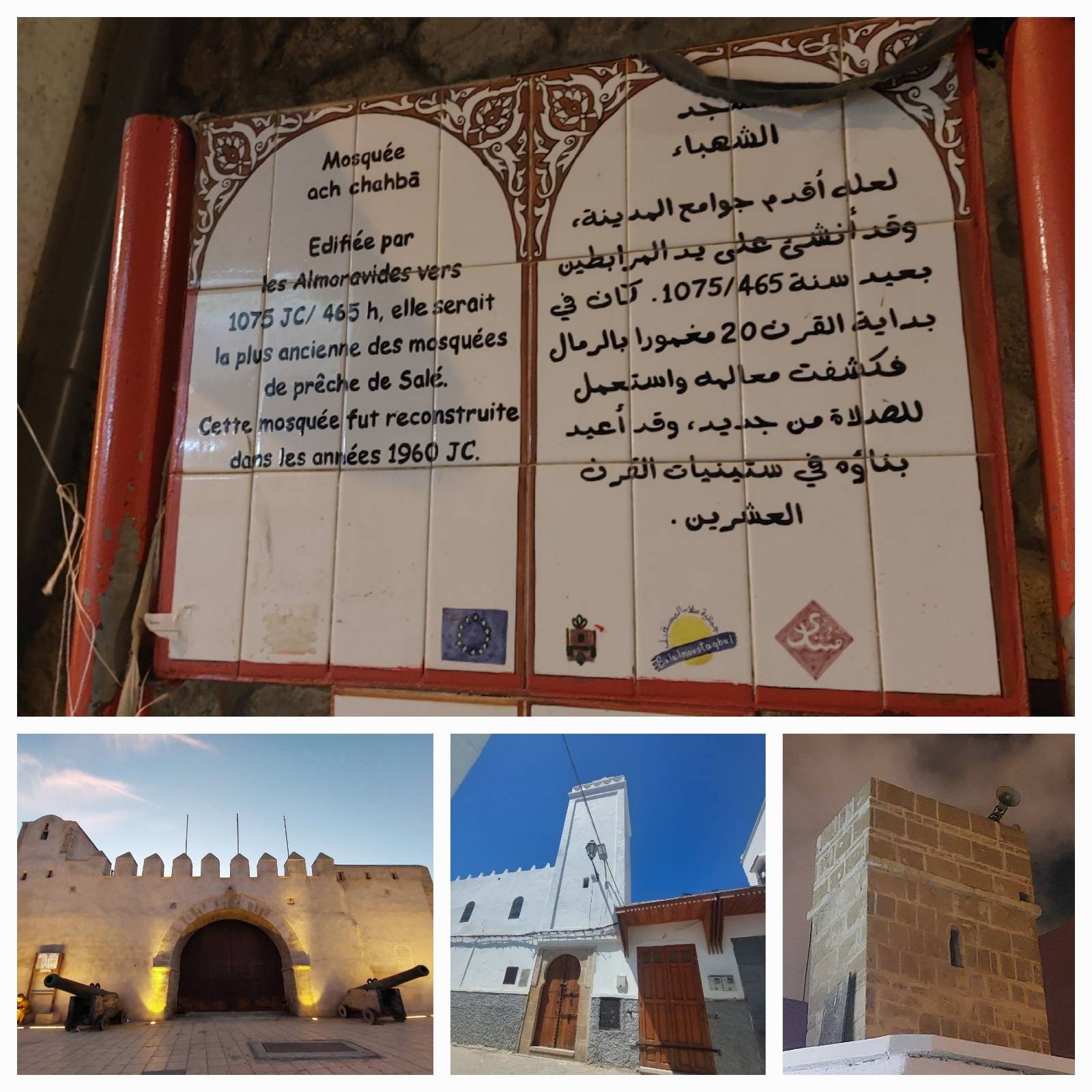
Indeed, while Salé flourished during the Almoravid dynasty, it truly reached its peak during the Almohad reign, particularly under the rule of Abu Yusuf Yaaqub Al-Mansour.
During the reign of Yaaqub Al-Mansour, the construction of the iconic Great Mosque of Salé (Second largest Mosque in the Maghreb to AlKoutoubia) marked a significant milestone in the city’s architectural history.
This magnificent mosque not only served as a place of worship but also included a school and an innovative space for ablution (Wudu’) that was ahead of its time. The mosque stood as a testament to Salé’s architectural grandeur and the visionary approach of Al-Mansour.
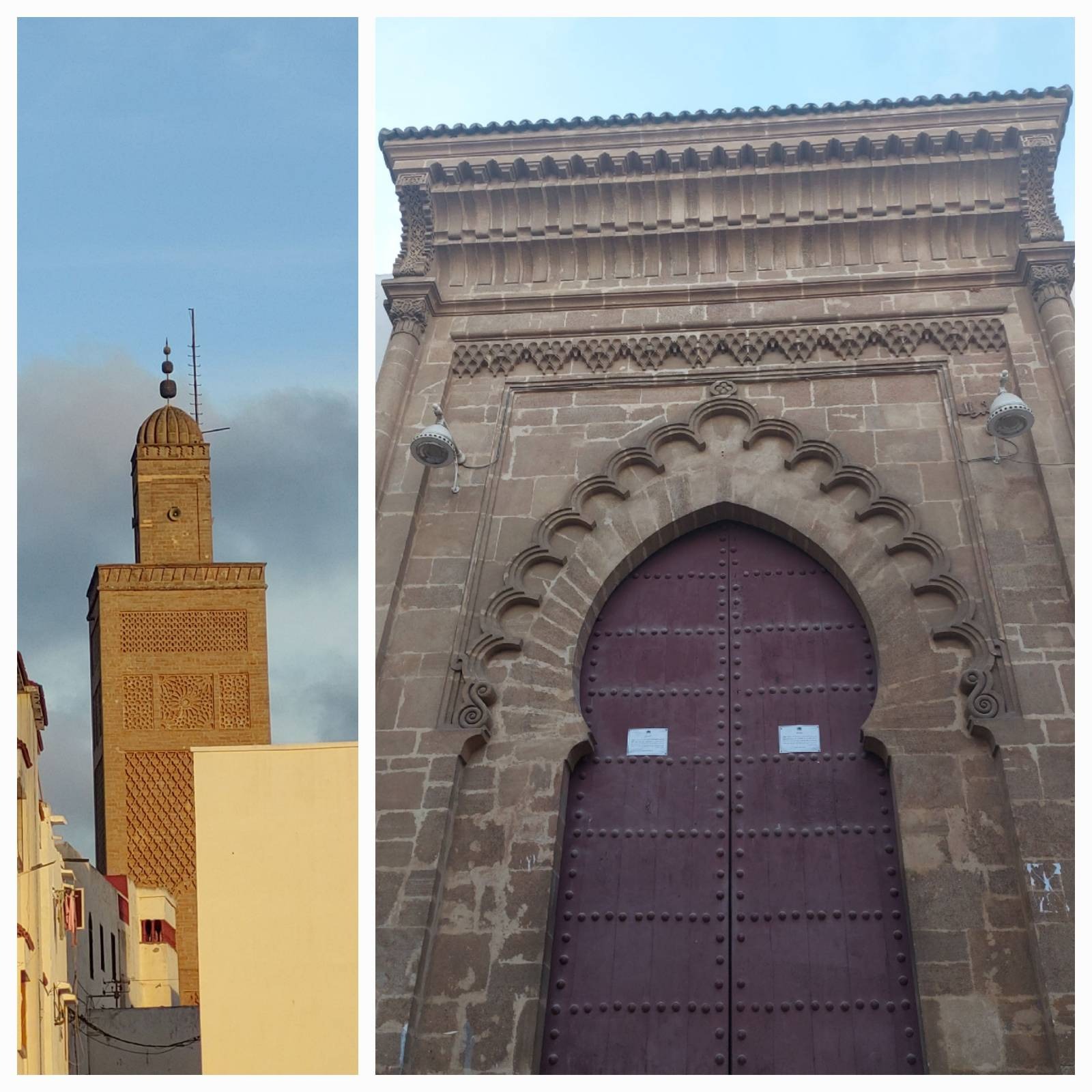
Furthermore, Al-Mansour’s visionary initiatives extended to the improvement of the city’s water system. By tapping into the abundant water sources from the nearby Maamoura forest, he enhanced the city’s access to clean water, providing a vital resource for its residents.
These advancements and the city’s growing reputation attracted scholars and wise men from various parts of the world, infusing Salé with a newfound scientific dimension and fostering an environment of intellectual exchange and innovation.
The Golden ages
After the Almohad dynasty fell, Salé experienced a period of turmoil. Power struggles among the Marinid rulers had a significant impact on the city. The chaotic situation came to a head when the Spanish launched an attack during Eid, causing significant damage. This marked the first time a foreign force had attacked a Moroccan city since the Almohad era.
In response, Abu Yusuf Yaaqub Ibn Abdelhak, the Sultan in Fez, organized an army and besieged Salé until the Spanish forces surrendered. Once liberated, Abu Yusuf Yaaqub took measures to strengthen the city’s defenses. He rebuilt the southern and western walls, enhancing the military infrastructure. Additionally, he commissioned to a well-known Andalusian Engineer Mohammed Ben Al-Haj Al-Ishbili the construction of a warship factory on the Bouregreg coast in the southwestern part of the city, which was accessible through the gates of Bab Lamrissa and Bab Dar Sinaa.
Furthermore, Abu Yusuf Yaaqub constructed the western wall of Salé, including a significant bastion known as Borj Adoumoue, meaning the “Bastion of Tears.” This name derived from the Sultan’s personal involvement in the construction, during which he was moved to tears by the tragic events that had befallen Salé.

During the Marinid era, Salé experienced its heyday, particularly under the rule of two prominent Sultans, Abu Al Hassan Ibn Othmane and Abu Inan Faris, who bestowed special attention upon the city.
Abu Al Hassan, during his reign, oversaw the construction of a remarkable school near the grand mosque, believed by some to have been built upon the ruins of the famous Bani Achra Palace. Furthermore, he extended the Lakouas Walls, stretching over 14 kilometers, which served the purpose of transporting water from Maamoura to the city center.
Continuing the legacy of his father, Abu Inan Faris undertook significant projects as well. He established a Maristan, known as the “Strange School,” which served as both a hospital for the sick and a school of medicine. The Maristan attracted the best doctors in the city, further enhancing the healthcare system. Additionally, Abu Inan Faris constructed Zaouiat Annoussak outside the city, providing accommodation for visitors and travelers passing through Salé.
Under the reign of these two Sultans, the city experienced a cultural and scientific renaissance, becoming a hub of knowledge. Scholars and scientists from across Morocco and beyond visited and resided in Salé, contributing to its intellectual and scientific achievements.

During the prosperous Marinid era, a prominent figure was Ahmed Ben Acher, a renowned theologian and Sufi. Originally from Andalusia, he relocated to Salé after the passing of his teacher Abdellah El Yabouri in Chellah.
Even today, Sidi Ben Acher holds great significance for the people of Salé, and many continue to visit his mausoleum seeking blessings (Baraka).
The City Walls and Fortifications
The Medina of Salé boasts one of the oldest walls in Morocco, dating back to the Almoravid era, and possibly even earlier.
When Sultan Yusuf Ibn Tachfin arrived in Salé, he initiated the construction of the city walls.
However, over a century later, during the Almohad Caliph Abd al-Mu’min Ibn Ali al-Kumi’s conquest of Salé, the walls were destroyed after facing significant resistance. Later, Yaakub Al-Mansour, Abd al-Mu’min’s grandson, reconstructed the Eastern and Northern walls, which are now known as the Almoravid walls.
Subsequently, following a Castilian attack on Salé, Sultan Abu Yusuf Yaakub of the Marinid dynasty completed the city’s defenses by building the Southern and Western sections of the wall.
Following is the list of 7 most known gates of Salé:
-
Almoravid walls:
- Bab Lakhmiss: Previously known as Bab Fes as it served as the entrance for people heading to Fez. The name was changed when Souk Lakhmiss (Thursday Market) began taking place in front of the gate.
- Bab Sebta: Located on the northern wall, this gate acquired its name because it was used by people starting their journeys to Sebta (Ceuta).
- Bab Chaafa: Situated at the westernmost point of the northern walls.
-
Marinid walls:
- Bab Maalqa: A small gate found in the southern part of the city. There are various stories regarding its name, but the most widely accepted explanation is that it was used as the starting point for trips to Malaga in Andalusia.
- Bab Jdid: Bab Jdid is a comparatively more recent gate that was constructed and opened during the rule of Moulay Abderahman Ibn Hisham (1822-1859). This gate primarily functioned as a storage area during the previous century.
- Bab Dar Sinaâ: This gate obtained its name due to its function as an arsenal and weapons factory for pirates.
- Bab Lamrissa: One of the largest gates in Morocco, this gate was situated near the lands that were flooded by the waters of Bouregreg. Consequently, ships would dock in front of it, earning it the name Bab al-Merissa, meaning “the harbor gate.”
In addition to the City wall features 5 Bastions and 2 Saqalas:
- Borj Mthemen Bastion (Almohad)
- Borj Eddoumoue Bastion (Marinid)
- Borj El-Mellah Bastion (Marinid)
- Borj Erroukni Bastion (Alaouite)
- Borj Bab Sebta Bastion (Alaouite)
- Old Saqala (Alaouite)
- New Saqala (Alaouite)
Throughout various periods, these fortifications and bastions have played a significant role in safeguarding and protecting the city’s strategic location against foreign invasions.
The Dark ages
After the downfall of the Marinid dynasty, Yahya I of the Wattasid, who served as the governor of Salé, relocated to Fes in order to assume control of the royal palace. This marked the beginning of a turbulent period in Morocco’s history.
Unfortunately, little is known about this era, even after the Saadi’s rose to power, since they directed their attention more towards Marrakech and the southern regions of the country.
During this time, the cultural and spiritual significance of Salé diminished, but it continued to thrive as a bustling commercial center and one of the major ports in the country.
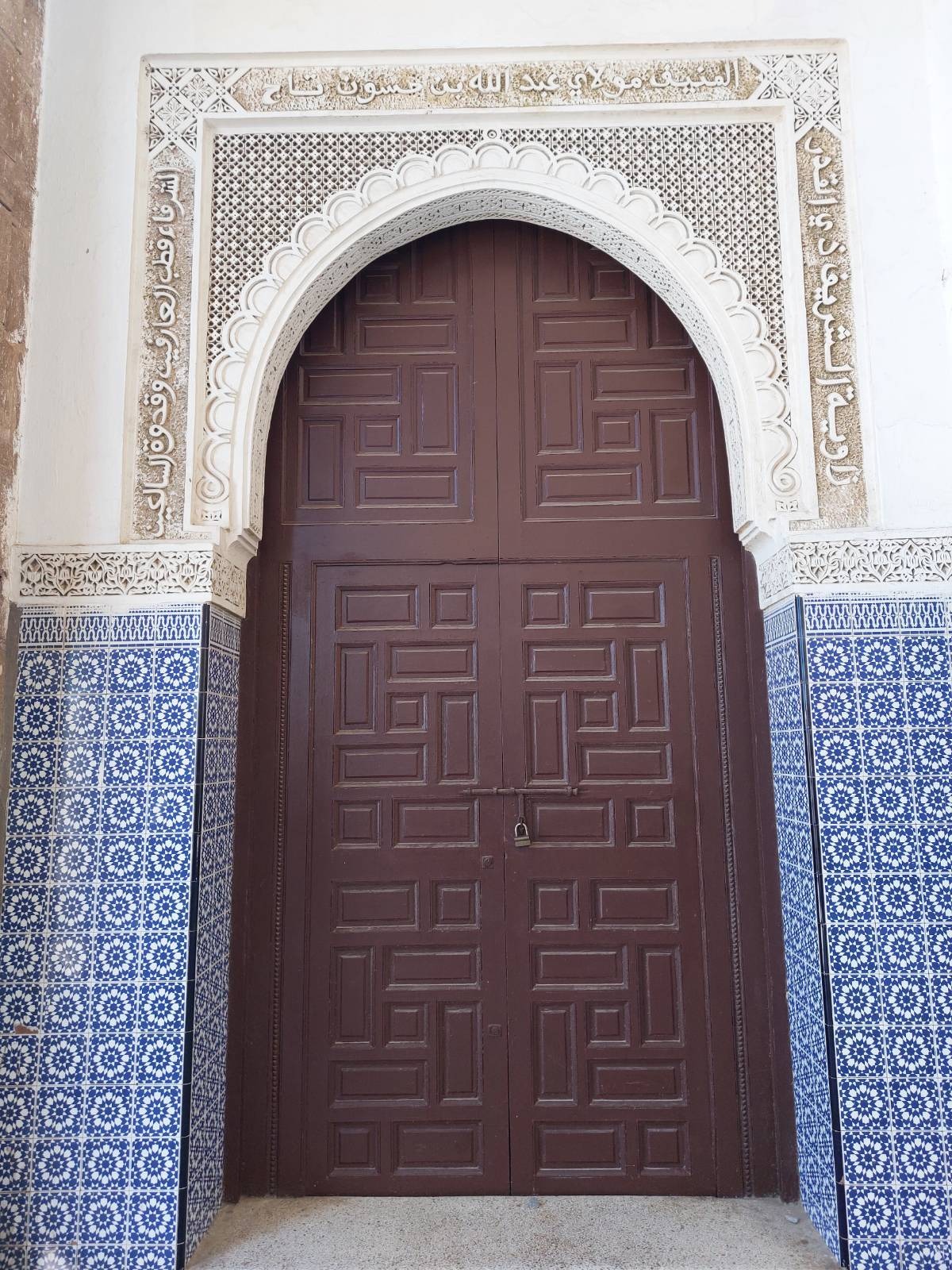
The conclusion of this era was characterized by the presence of Sidi Abdellah Ben Hassoun, one of the most influential saints in the history of Salé. He served as a teacher and Khatib (preacher) in the Great Mosque of Salé, and he was revered as a sacred figure by the people of Salé, as well as by other local saints and scholars.
Sultane Ahmed Almansur entrusted him with the responsibility of organizing the Candles Convoy of Salé which is candlelit celebration in commemoration of the Prophet’s birthday. This annual celebration continues to be observed to this day.
The Corsair Republic of Salé
Salé holds a unique place in Moroccan history as one of the few cities that declared itself an independent city or republic, rejecting the rule of the Sultan.
The fall of the Granada Emirate in 1492 was a significant event that influenced this chapter of Salé’s history, along with the passing of the great Saadian Sherif Ahmed Al-Mansur.
When the Castilians took control of the last Emirate in Andalusia (Granada), they began to forcibly deport Muslim Moriscos from Andalusia to the North African coasts.
Around the early 17th century (approximately 1609-1614 CE), Salé and Rabat received the final group of Moriscos from a small town in Western Spain called Hornachos.
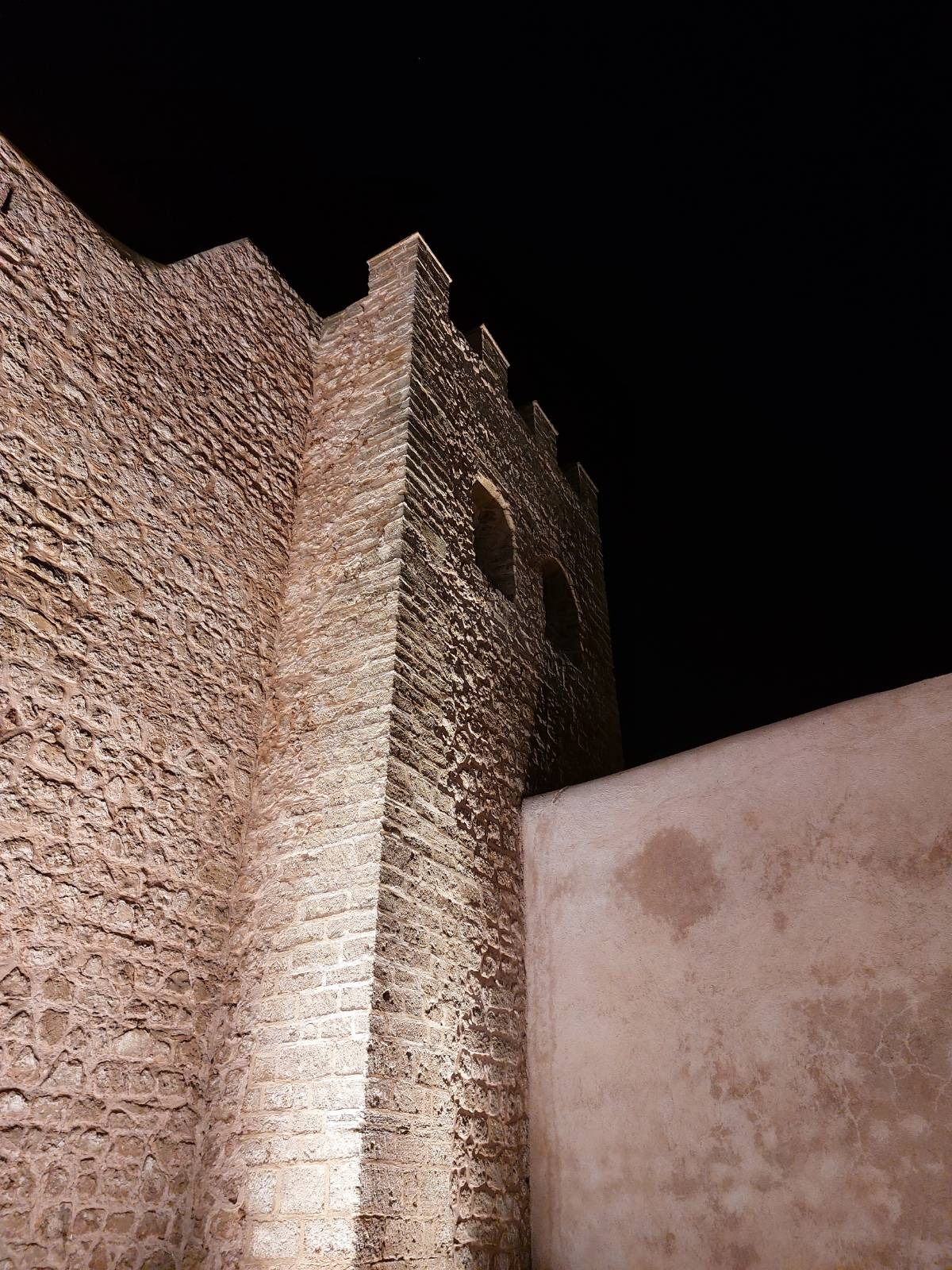
Due to the large influx of Morisco immigrants and the significant cultural differences between them and the people of Salé, most of them chose to settle in the southern part of the river and built the “Kasbah of Salé,” now known as the “Udayas’ Kasbah,” on the remains of the abandoned Almohad Kasbah.
As more immigrants arrived, they began to occupy Rabat, forming three separate sister province (or republics): Kasbah of Salé(Udayas), New Salé (Rabat) and Old Salé (Actual Salé).
In 1614, Brahim Vargas, also known as Brahim Bargash, a Hornachos pirate, became the first governor of the Corsair Republic of Salé, which included the three provinces. With the support of his fellow Hornachos, they used the money brought from Andalusia to build and acquire ships and artillery.
During this era, Salé became one of the most formidable and notorious pirate fleets in history. It amassed wealth and gained recognition from many European states, particularly under the leadership of Grand Admiral Murad Reis, who led the Slaoui Corsair fleet to launch attacks on distant locations such as Scotland and the Scandinavian region.
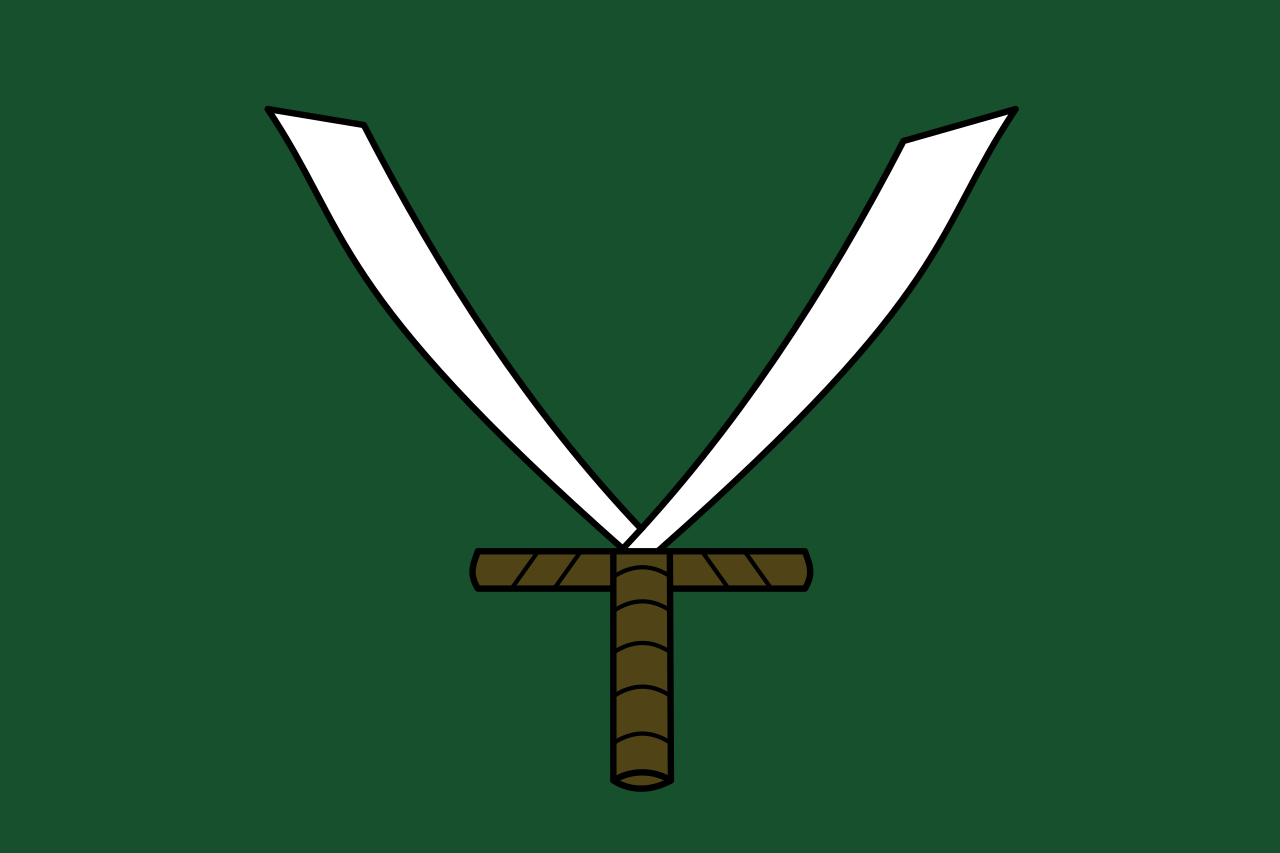
In 1927, the Moriscos, together with the Governor of Salé Sidi M’hamed al-Ayachi, declared the complete independence of the Republic of Salé from the Saadi central power in Marrakech. They expelled the Sherif’s governor and ceased paying taxes to the government.
During this period, the Republic of Salé gained international recognition as an independent republic, negotiating treaties with foreign countries and being governed by an elected Diwan comprising Hornachos and other Moriscos.
Despite the influence exerted by the Zawiya Dila’iya, the Republic of Salé maintained its independence from any central government. However, this period of independence came to an end when Moulay Rashid, the Sultane who laid the foundation of the Alaouite Dynasty, defeated the Dilaites and brought an end to the republic’s autonomy.
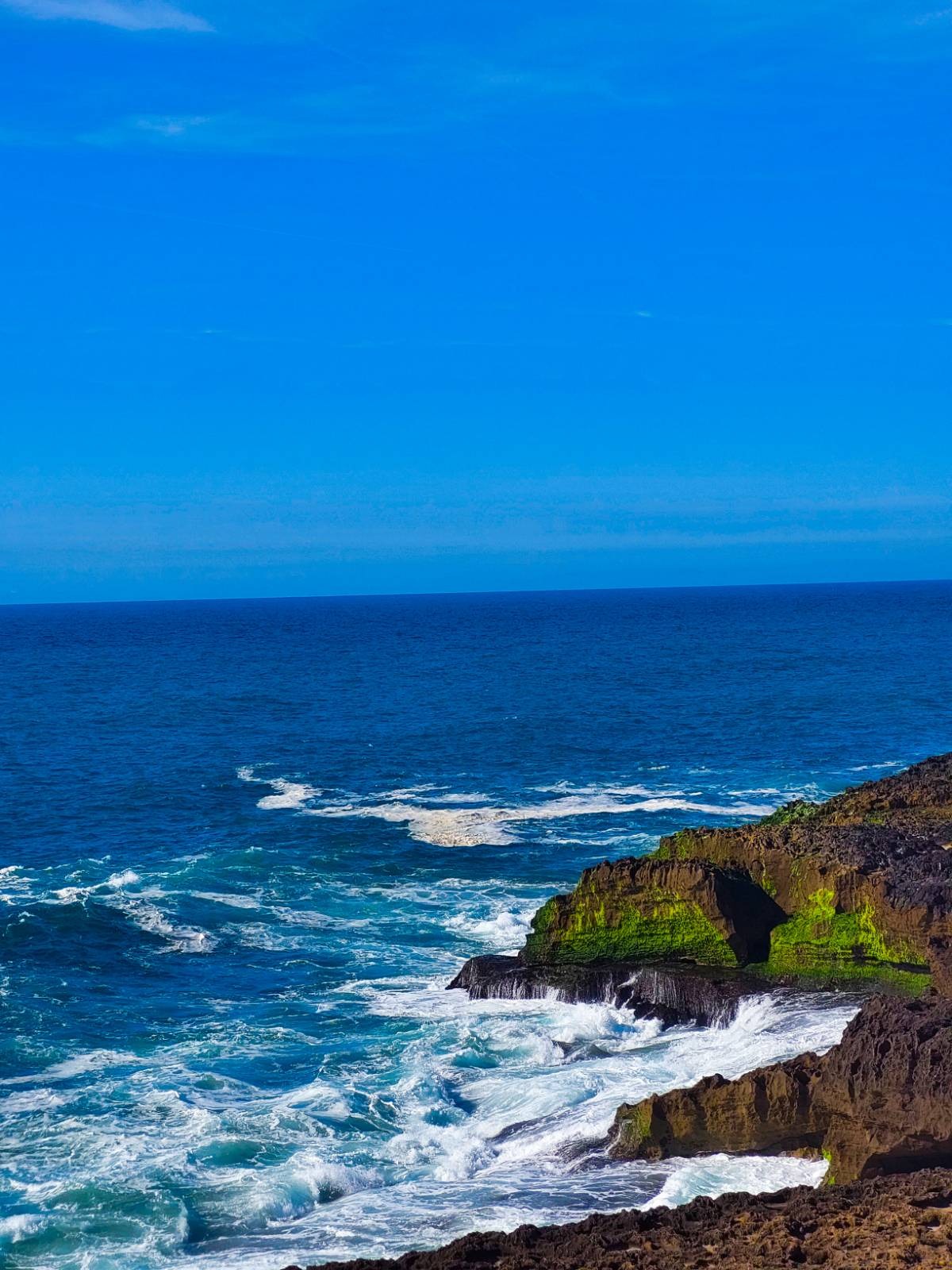
In Salé, the division of the spoils was much more communistic, and the regulation of behaviour was anarchistic, leading Lamborne Wilson to conclude that, though not a pure pirate utopia, ‘it was the only state ever founded on these principles’ (1995: 146) – The Republic of Salé (1627–1641/1666); analternative pirate organization model?
Back in order
During the initial period of Alaouite rule, the prominence of Salé began to diminish in comparison to its sister city, Rabat, which experienced growth in population and expansion.
Nevertheless, Salé maintained its spiritual significance and continued to serve as a hub for maritime jihad. It was during this time that Salé witnessed the arrival of its final group of revered saints, with Ahmed Hajji emerging as the most renowned and influential figure of the era and throughout the city’s history.
Ahmed Hajji was a Sufi scholar, Imam, and Mujahid, and he, along with his followers, defended Salé against foreign attacks.
After Ahmed Hajji’s passing, he was laid to rest in the Zaouia (religious complex) that he established. His descendants, including his children and grandchildren, carried on his teachings and continued his legacy, solidifying the Hajji Family’s prominence in Salé.
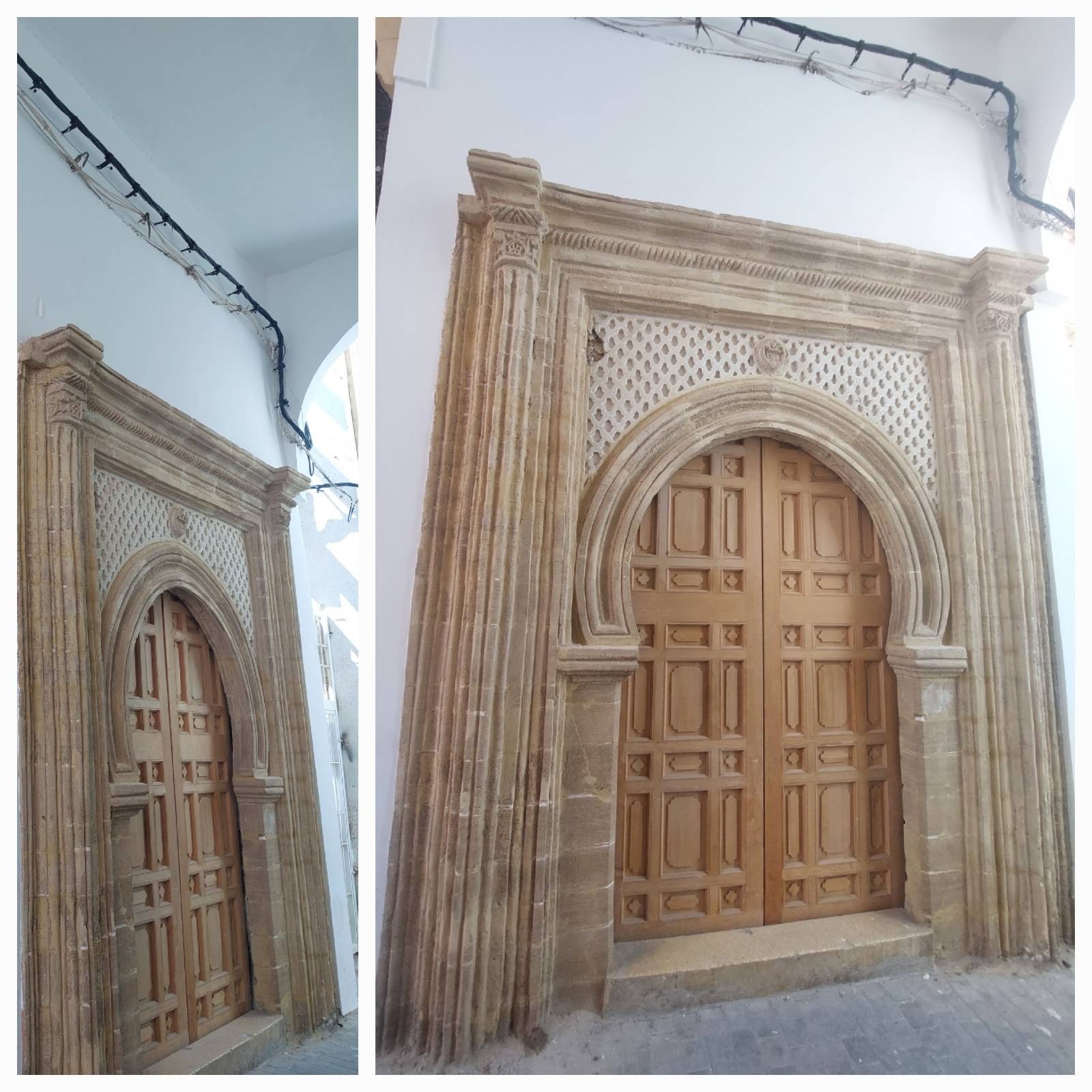
Presently, Ahmed Hajji is honored with a mosque bearing his name. Initially constructed at the request of Moulay Ismail, the mosque underwent renovations and a renaming process under the governance of the city governor, Abdelhaq Fennich. This recognition and dedication serve to commemorate Ahmed Hajji’s contributions and ensure his enduring influence in the city.
During the era of imperial Europe’s ascendance, Salé, like other coastal cities in Morocco, faced military threats. In response, the Alaouite Sultanes renewed the city’s defense system and established new fortifications.
Under the rule of Moulay Ismail Ibn Sharif, the Gnawa’s Kasbah was constructed in the northern part of the city, near Sidi Moussa’s Mausoleum, to accommodate his military army known as “Abid Al-Boukhari.” The Kasbah played a vital role in ensuring the safety of the Medina from external threats and quelling any rebellions or uprisings within the city.
Moulay Ismail exerted control over the Slaoui fleet of corsairs, who operated from both Old Salé and the new Salé (now Rabat). These corsairs conducted raids in the Mediterranean and even as far as the Black Sea, capturing European Christian slaves and acquiring weapons. Moulay Ismail used the spoils of their piracy to establish significant diplomatic relations with foreign powers, particularly the Kingdom of France, Great Britain, and Spain.

After a reign of 55 years over Morocco, Moulay Ismail passed away in Meknes, leaving the Sherifian Empire in a state of civil war due to a rebellion by the Abid Al-Boukhari, also known as the Black Guards. As a result, more than seven claimants vied for the throne and held power between 1727 and 1757.
During this period, the Governor of Salé, Abdelhaq Fennich, refused to pledge allegiance to the central Sultanate and ruled the city independently for nearly 30 years (1738-1766). When Sidi Mohammed Ibn Abdullah ascended to power, he replaced Fennich and exiled his family. However, he later forgave them and appointed some of them to positions within the government.
These events, coupled with the Lisbon earthquake of 1755 that reached Salé and caused damage, led to a decline in Salé’s economic and trade importance in favor of the newly built city of Essaouira by Mohammed III.
Nevertheless, Sidi Mohammed Ibn Abdellah revitalized the city walls, rebuilt the Eddoumoue Bastion, and constructed a sqala on the same wall. During his reign, Salé maintained its maritime specialty, and piracy was supported and used as a diplomatic tool, similar to how his grandfather, Moulay Ismail, had employed it.
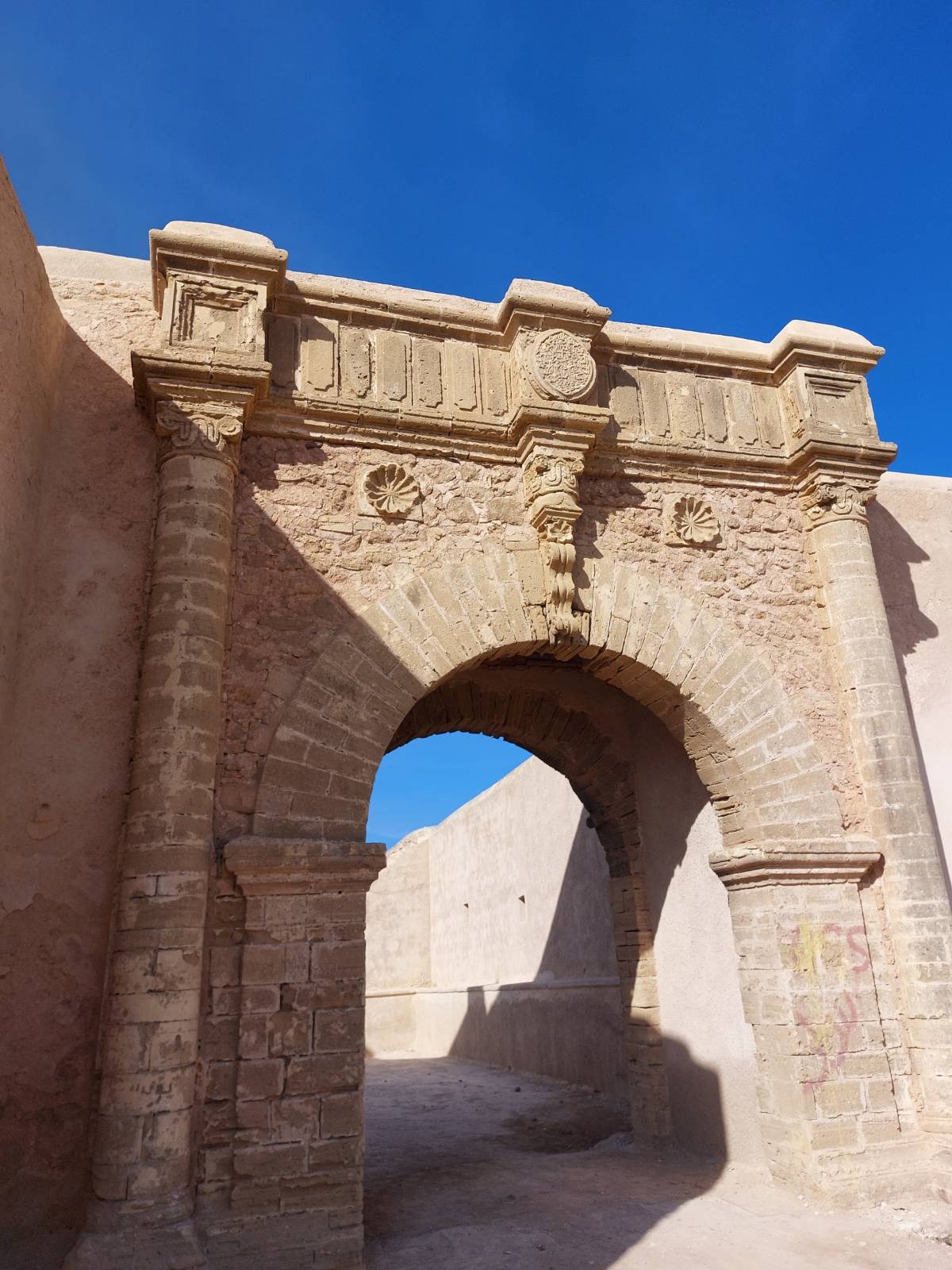
This marked the final period in the history of Salé’s pirates, who employed over a thousand people from Salé and Rabat. During this time, many renowned Rais (Captains) emerged, including Rais Ahmed Aouad, his son Al-haj Al-Hachimi, and Rais Abdeslam Ben Mohammed Al-Alami Es-Slaoui.
In 1817, Moulay Sulayman adopted a conservative policy and, in agreement with the French, disarmed the pirate ships, thus bringing an end to the era of Salé’s pirates. He also relocated the Jewish community from the Old Mellah near Bab Ahssain to the new Mellah neighborhood near Bab Lamrissa.
With the French threat increasing after the fall of Algeria under French occupation, Salé became one of the main lines of defense against French military assaults and played a significant role in the country’s later independence.
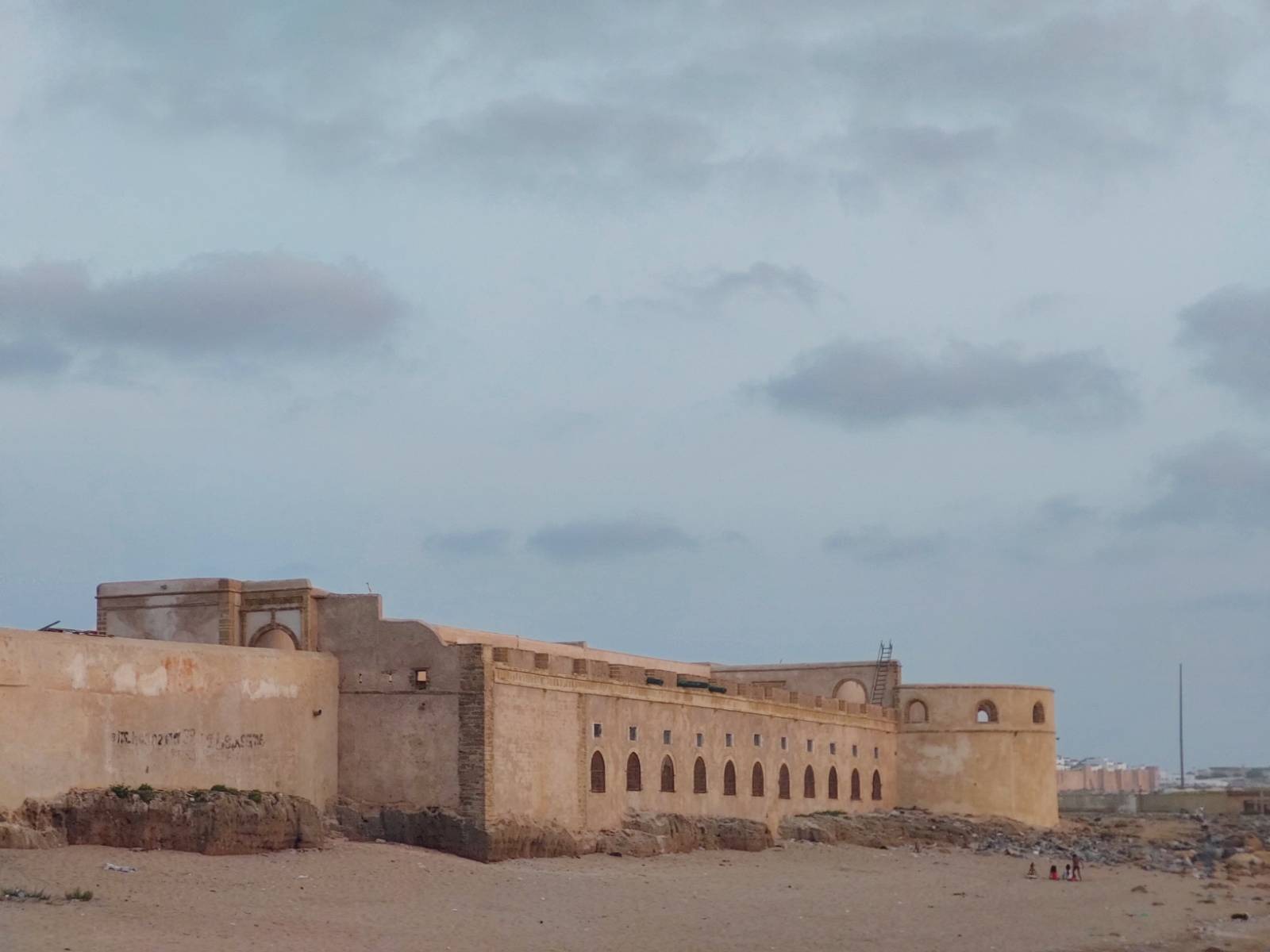
Conclusion
Presently, Salé transcends its historical Medina, evolving into much more. It has emerged as the second most populous city in Morocco, following Casablanca, and has grown to become one of the country’s largest urban centers.
Despite the multitude of challenges faced by the people of Salé, they have remained steadfast and united throughout the trials and tribulations. In the face of ups and downs, they have clung to their cherished values of love, tolerance, and goodwill, which have been ingrained within them through their upbringing and the tales passed down through generations.
Salé may find itself overshadowed on the economic and scientific stage. Yet, within its very essence, Salé possesses an enchanting spiritual character, a sublime aura that dances through its streets and lingers in the hearts of its inhabitants. It is a mystical realm, where the intangible whispers of divinity can be heard, a sanctuary of the soul found nowhere else but in the embrace of Salé.
With love from Salé ❤️
